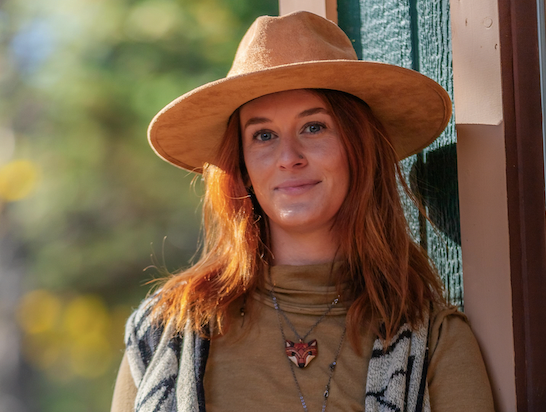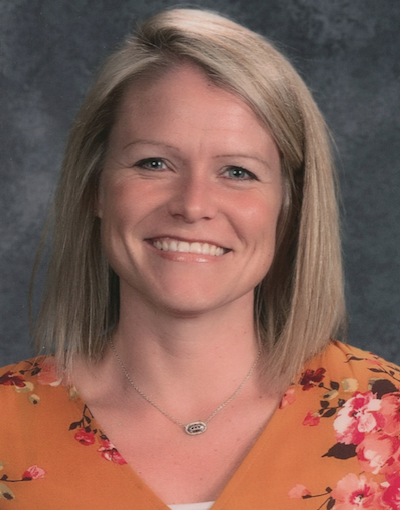Do you feel that the challenges life throws at you are impossible to overcome?
Despite your best efforts and hard work, is it hard to shake this nagging feeling that something is wrong? On some fundamental level, you are wrong.
It may not stop you from having a career, relationships, or finding meaning in your life. Or it might stand between you and what you desire, like a giant barrier you can’t seem to dismantle. Does your heart ache thinking, “If I could just be normal, everything would be so much easier?”
Many LGBTQIA people struggle with the feeling that they are at odds with the world.
And sadly, that’s often for good reason. Our culture is steeped in homophobia. It’s in the air we breathe and the media we consume; it’s interwoven in our history. It can be more violent and overt on an intimate scale, showing up in how we’re raised, what we’re taught in our faith communities and our schools, and how we’re treated by our peers. Most LGBTQIA people have to discover their identity on their own, as if they are the first person to feel these feelings. Unlike other marginalized communities, we don’t have the opportunity for intergenerational insight into our struggle. At least not until we realize how we identify.
This marginalization has consequences.
People in the LGBTQIA community are 2.5 times more likely to suffer from depression, anxiety, and substance abuse than our straight peers. Suicide rates are higher, and social support is lower. We are more likely to face housing, employment, and medical discrimination due to holding one or more queer identities. And the numbers trend even higher for non-white LGBTQIA folks, who face increased discrimination at the intersections of race, sexuality, and gender presentation.
Internalized homophobia and transphobia are hard to avoid.
It’s what happens when you’re steeped in hateful, negative messages about your identity, to the point that you turn that voice inward on yourself. This can result in feelings of self-loathing, anxiety, depression, substance use, self-harm, suicidal thinking or actions, and loneliness. Compounded by systemic oppression, it can feel like the odds are insurmountable.
I wish I could tell you that starting LGBTQIA therapy will erase these problems from your life. If only I had that kind of power. What I can offer you is a safe place to express your hurt to someone who understands. To give you an accepting, caring refuge where you can lay it all out and begin to heal those wounded places within yourself. And an opportunity to shift from being your own biggest critic to your own fierce, loving protector.
You, too, can heal.
Because I have experienced healing in my own life, I believe that you can heal. It’s not a finite process, and I am still growing. But I know that with care and dedication, you can rewrite your relationship with yourself from one of self-abuse to one of self-love. It can be gnarly, like removing gravel from a wound. And it can also be profoundly beautiful to witness your own abilities, take charge of your emotions, and become the person that you’ve always needed.
How does LGBTQIA therapy work?
I work with clients using art therapy, present-moment awareness, meditative techniques, and a trauma-informed approach to address the whole person sitting across from me. Visual art or creative writing can be a powerful way to express emotions that are difficult to express verbally.
By learning to connect with your physical experience, we can work together to notice when and how emotions arise and strategize ways for you to meet your own needs in the moment with compassion and acceptance. Often, this looks like using breathing and visualization techniques to self-soothe, contain harmful thoughts, and regulate the nervous system. It puts you back in the driver’s seat of your own experience.
And, because it’s hard to make it through life without enduring trauma on some level, this is all done with great care and attention to how you treat yourself. I will encourage and gently challenge you along the way to become the person you want to be.
You may ask, What if I can’t change?
What if the damage done can’t be repaired? This is a common feeling at the beginning of therapy. You may doubt and discount your own strengths because they’ve been buried under so many layers of pain. Yet they are still there. They simply require an open and nurturing environment to facilitate their growth.
How long will I need to be in LGBTQIA therapy?
The answer to this question is as individual as the person I serve. Typically, you will start to feel the impact of our work after six sessions. People generally stay anywhere from 12 to 36 sessions. We will work together to create a treatment plan that addresses your goals and assesses our progress along the way.
It is my honor to offer all of my experience and knowledge to members of my community who are struggling. We can develop the skills you need to live your life to the fullest and love yourself fiercely in a world that has taught you to doubt your value. You are a precious being. And you deserve to reclaim that.
If you’re interested in LGBTQIA therapy, please reach out. We offer free 20-minute video consultations and can take clients living anywhere in Colorado.












